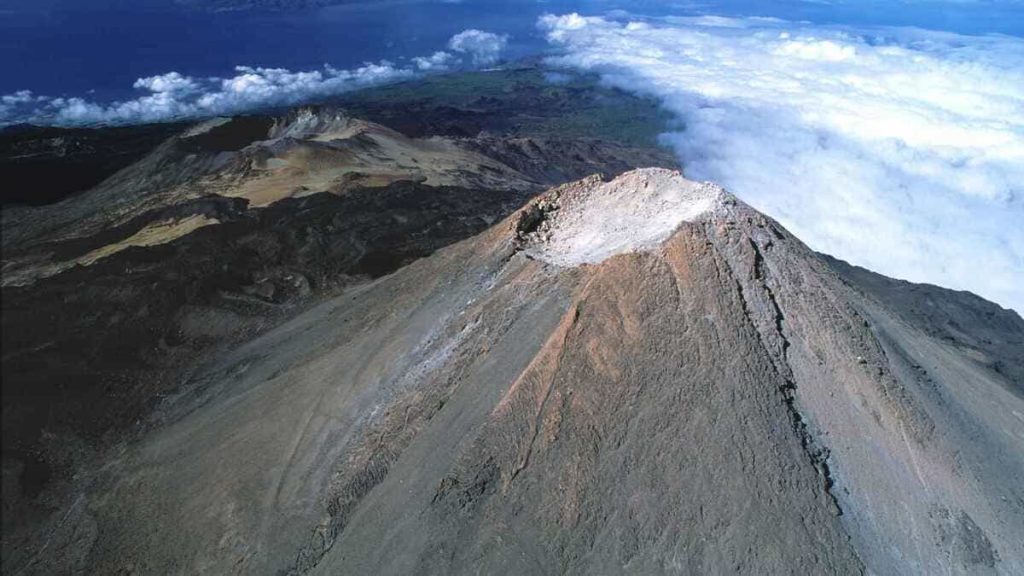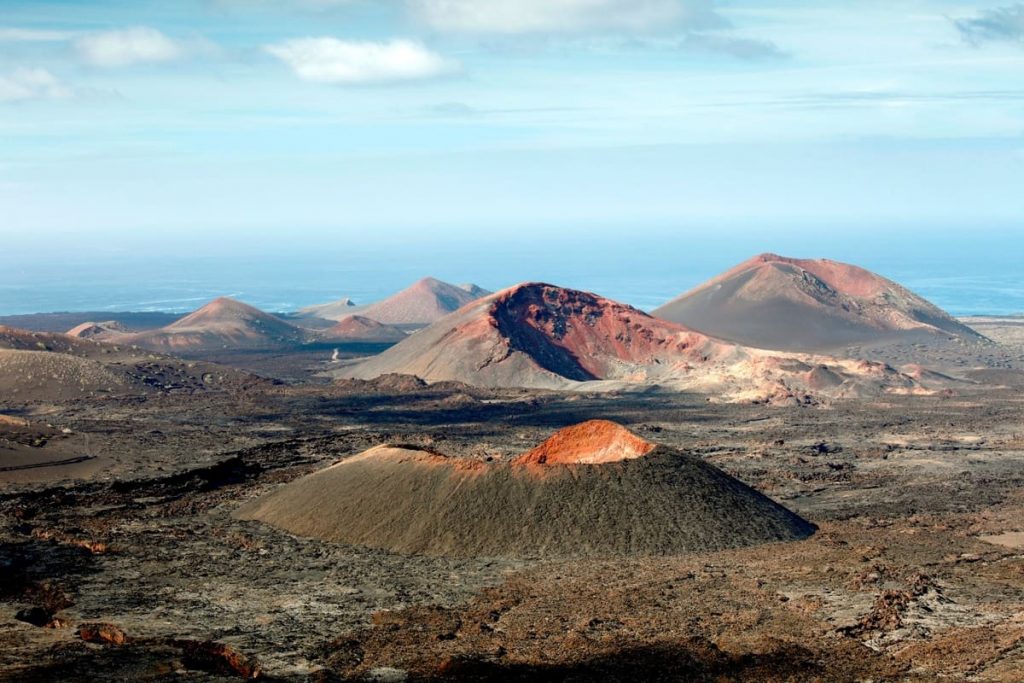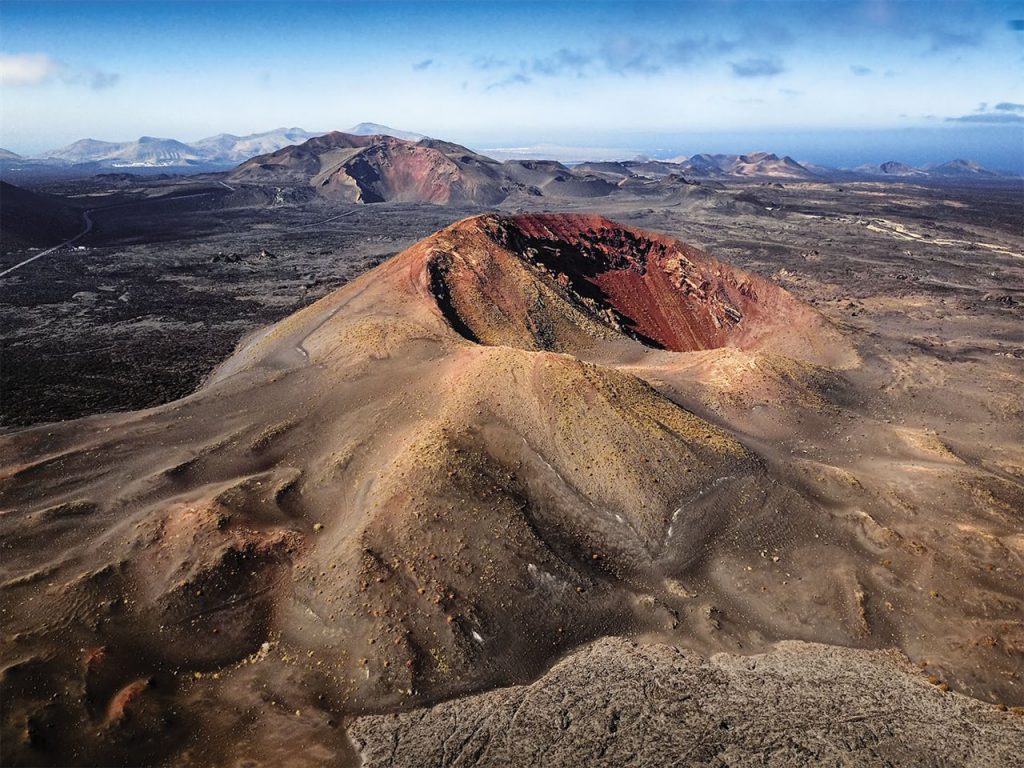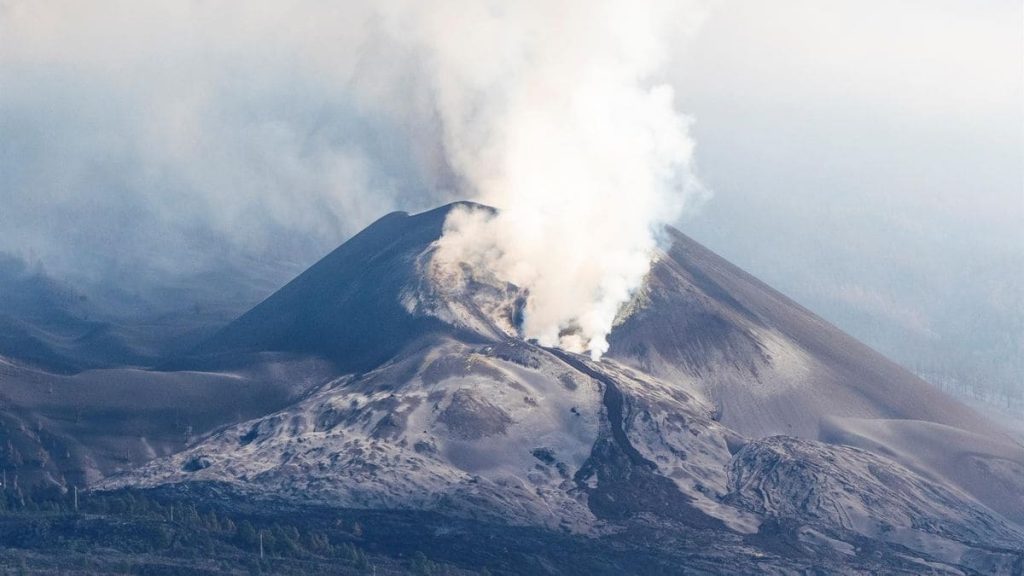The Canary Islands are part of an archipelago of volcanic origin, formed by the constructive action of volcanic activity in the ocean. Recently it has been proved that the Canary Islands are still alive with the eruption of La Palma. In this article we will talk about the historical eruptions in the Canary Islands to know a little better the history of these magnificent islands.

Historical eruptions in the Canary Islands are those that have been recorded and documented over the centuries. In the Archipelago, this period of documentation covers the last 500 years.
The historical eruptions in the Canary Islands or how the islands have been growing
During the last 500 years that are known, there has not been activity in all the islands, only El Hierro, Lanzarote, Tenerife and La Palma have known volcanic eruptions.

How the Canary Islands were born
Today it is generally accepted that the Canary Islands began to be built in the middle of the Tertiary Era due to the accumulation of volcanic emissions on the oceanic crust of the Atlantic, although there is no unanimous agreement on their origin.
Stages in the formation
First stage
At first, the oceanic crust was fractured and blocks were erected on which lavas from submarine eruptions were deposited. These materials make up what is called the Basal Complex.
Subaerial construction began in the last 20 million years, when the Canary Islands emerged from the ocean. It is divided into two cycles. In the first, known as the ancient series, large volcanic edifices emerged. These are formed by piles of basaltic lava flows with intercalations of pyroclastic deposits.
Second stage
The second cycle, also known as the recent series, is currently active in all the islands, with the exception of La Gomera, and has given rise to very varied relief forms.
The most outstanding historical eruptions in the Canary Islands
The most recent eruptions are known as recent or historical volcanism and have affected the islands of Lanzarote, Tenerife, La Palma and El Hierro. This indicates that volcanism is still active in the Archipelago.

Among the historical eruptions , the one that occurred in Lanzarote, specifically in Timanfaya, between 1730 and 1736, stands out for its duration and the large volume of materials emitted. These eruptions on the island are responsible for the current appearance of the island.
Timanfaya eruption, the longest eruption on record
On September 1, 1730, the mouths of Timanfaya, in Lanzarote, began to emit lava. The eruption, which lasted six years, made a kilometer-long line of fissures that wiped out a quarter of the island.

Up to eleven villages disappeared under the blanket of volcanic material. Faced with this devastating situation, most of the island's inhabitants left. However, the few who remained discovered a miracle for crops: in the areas covered by finer volcanic sand, plants began to grow and the soil became much more fertile. Thus, with these changes in the terrain, the landscape of La Geria was born.
The most recent eruption
The last volcanic eruption occurred in the Canary Islands was on the island of La Palma in 2021. It started on September 19 in Cabeza de Vaca, near the town of El Paraíso in the municipality of El Paso. This is the first eruption on the island since that of Teneguía in 1971, mentioned above, and the first in the Canary Islands since the underwater eruption of El Hierro in 2011. The eruption stopped on December 13, after 85 days of activity, being the longest historical eruption recorded on the island and the third in the Archipelago, after Timanfaya in Lanzarote and Tagoro in El Hierro.

Paula Vera
Photos: eldiario.es, holaislascanarias.com



